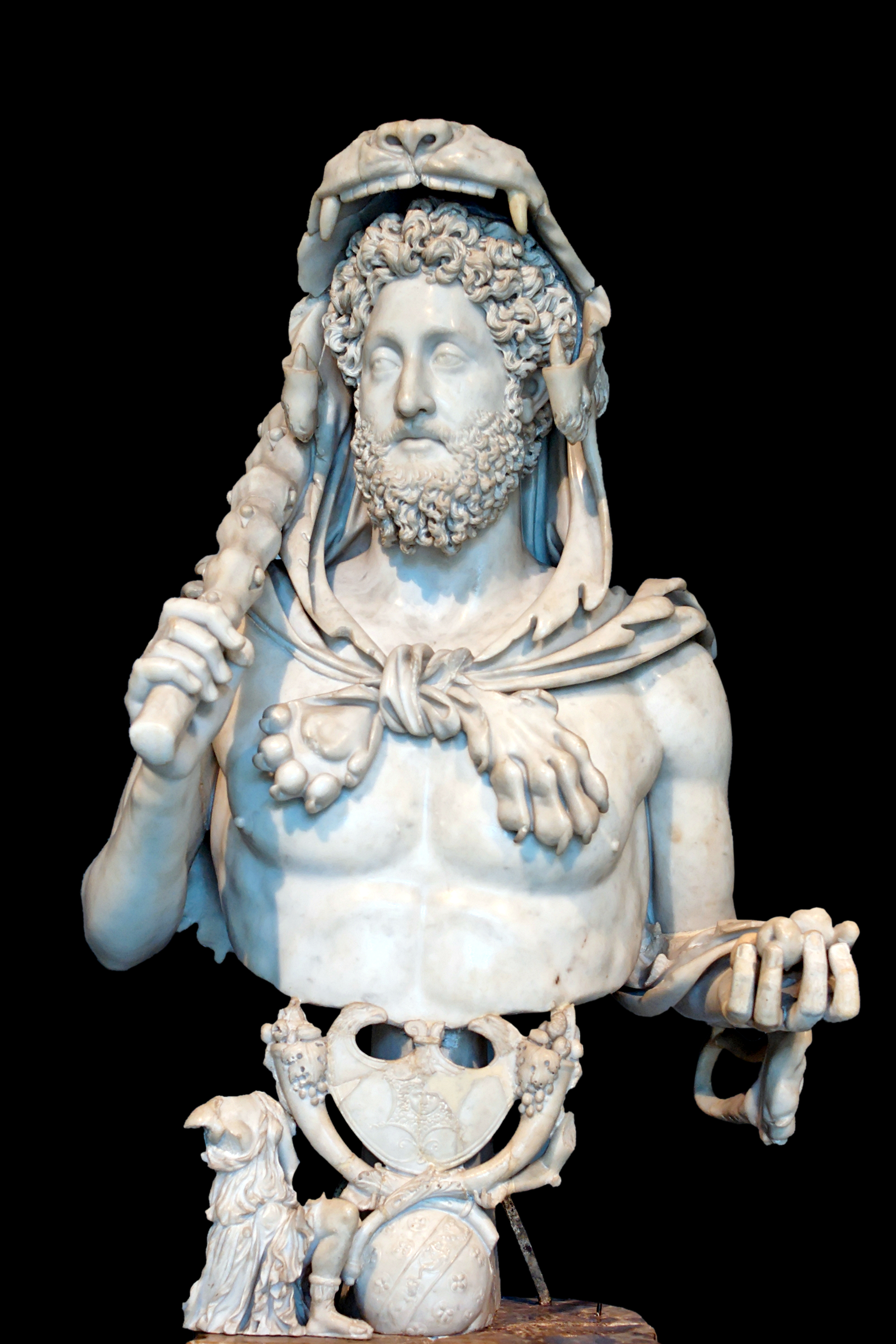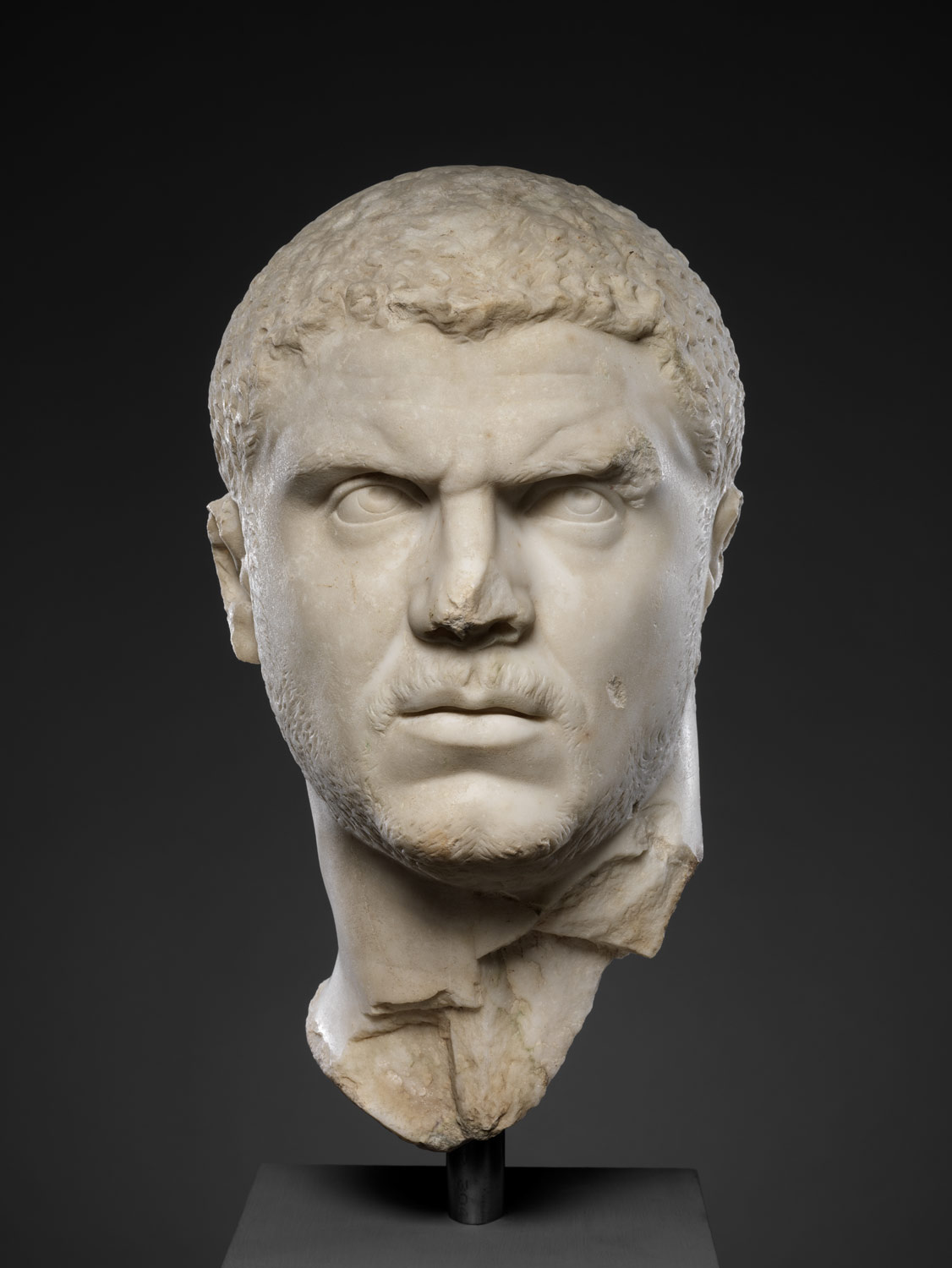End of the quarter, a look back on what I learned.
Post #9
I enjoyed all of the art we went over this quarter, albeit I admit, it was more interesting when we got to the ancient Egypt and ancient roman art; but I'm biased anyway when it comes to those genres of history. It was also fascinating because around the same time that we were getting into the ancient Greek and ancient Roman art periods, my big sister actually went on a cruise throughout Europe and took a ton of pictures of the things that we were looking at. Such as the Pantheon, and the Parthenon, the Colosseum; she got a ton of pictures of things we didn't go over as well, such as the Sistine chapel, the leaning tower of Pisa, and many others that she couldn't tell me exactly what they were since she had forgotten.but that's another story, and I hope to go over them next quarter.
The depth of the emotions in some of the art pieces we went over, especially the ultra realistic marble statues struck a chord in my soul and I truly felt connected to. I think i was drawn to these periods in history, because its around the same time that Christianity came into being; and its always interesting to see and think about the world before it was now. Some of the creations that ancient civilizations came up with in that time period are astounding even today; some even stump architects today on how they were able to create them. (the Pyramids) I hold intelligence to a higher standard than most, and I always find it amusing to seriously contemplate how things were created and built; along with the minds that created them. I also loved how even though I thought I knew a lot about ancient Egyptian culture, and history, I didn't know that the pyramids used to be white with a golden tip. That was the most awe inspiring thing I learned about a culture that I find fascinating. And it will be a piece of knowledge that I can share with many people I talk to about such wonders.
The image of the pyramids of Giza in the morning light, shining with such purity and grace... I cant even begin to describe how awe inspired this image makes me. It also makes me want to go out into the world and see works of amazement in all the cultures... I want to see it all. I think that will be one of my life's goals to do before I settle down into the simple life I want in the future. I would love to see the other structures that the ancient Egyptians were able to create as well as the art and ruins they left behind. There is something fascinating about the same art style surviving and being popular for thousands of years that confuses me. were there no artists who thought outside the 3000 year old box during that time period? if there were, how were they treated in that society? fascinating, fascinating stuff.
Another piece that inspired me to take another look at art and re-evaluate where my art is taking me is this one, the Portrait head of Caracalla. even though it is partially destroyed, we still get a sense of what the artist was going for, with the raw emotion that he displays plainly on his face. I find this refreshing since I've been dealing with lack of emotion in my art, or rather a fear of painting anything with a realistic expressionism to it. The Romans never shy away from displaying such emotions plainly in their art, and that inspires me to care less as to the feelings of my audience and instead paint what comes from my soul. So thank you ancient Romans! Its too bad your society ended up getting so corrupted it destroyed itself! :-D





